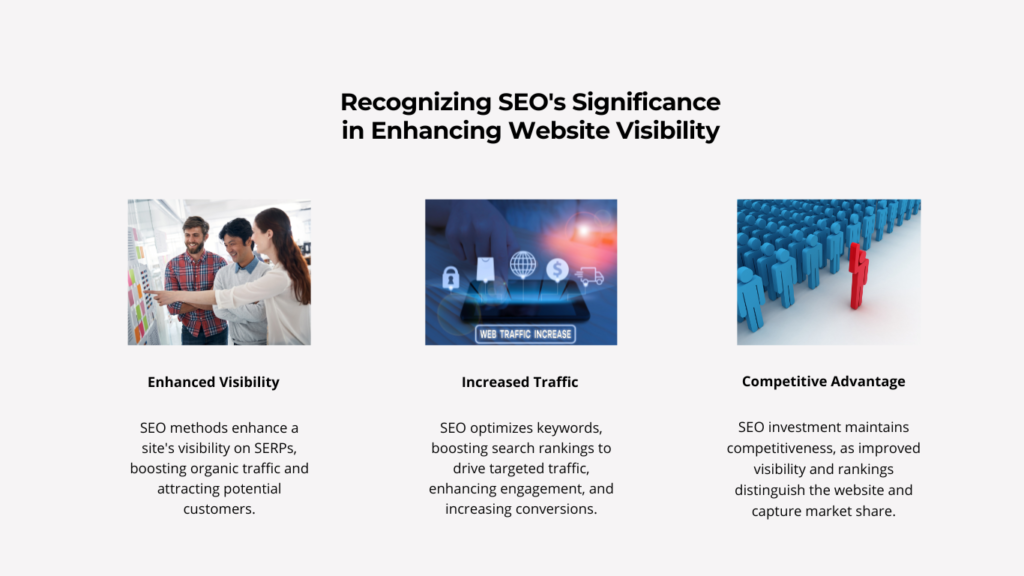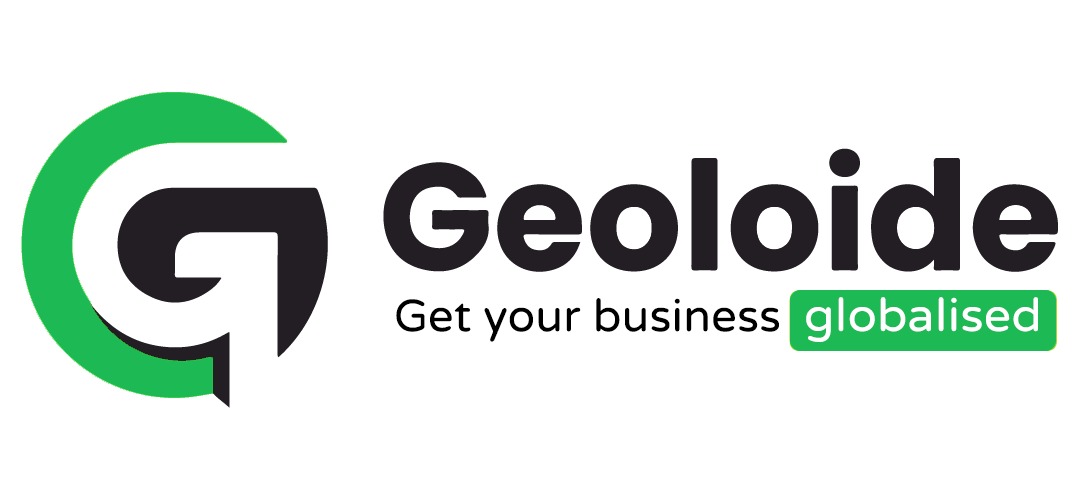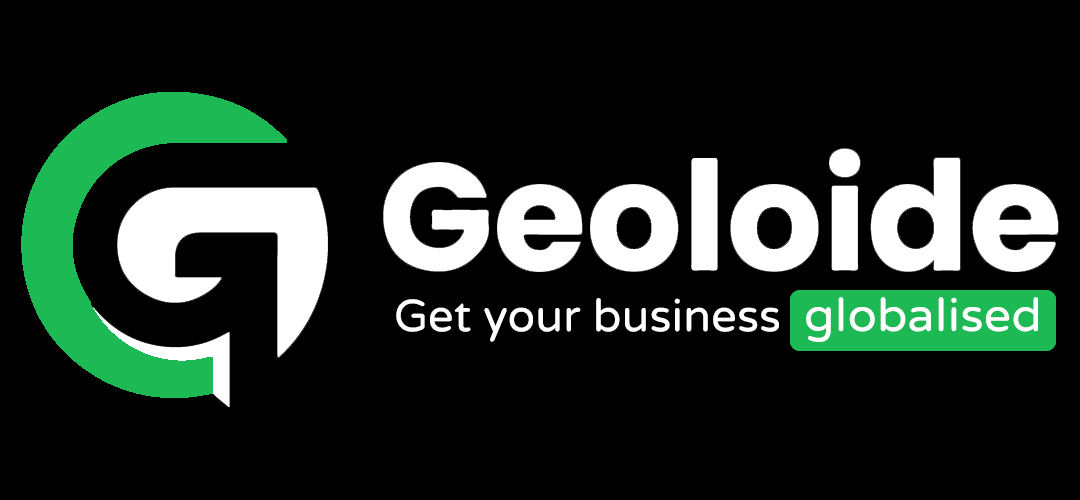Introduction
Are you tired of your website getting lost in the vast online landscape? Do you want to improve your website’s visibility and attract more organic traffic? Look no further because in this step-by-step guide, we will teach you how to crack the code of search engine optimization (SEO) and skyrocket your website’s visibility.
With the ever-increasing competition in the digital world, it’s essential to have a solid SEO strategy to rank high on search engine results pages. In this article, we will walk you through the ins and outs of SEO, from keyword research and on-page optimization to backlink building and monitoring your site’s performance.
Learn how to find the right keywords that will drive targeted traffic to your site and optimize your content to rank higher on search engines. Discover the power of backlinks and how to build a strong network of authoritative sites that vouch for your website’s credibility.

Don’t let your website remain hidden in the depths of search engine results. Follow our step-by-step guide, and watch your website soar to new heights of visibility and success.
Understanding the Importance of SEO for Website Visibility

In today’s digital age, having a website is not enough. With billions of websites on the internet, it’s crucial to make your website stand out from the crowd. That’s where SEO comes into play. Search engine optimization is the process of improving your website’s visibility on search engine results pages (SERPs) to attract more organic traffic.
Search engines like Google use complex algorithms to determine the relevance and quality of websites. By optimizing your website for search engines, you can increase your chances of ranking higher on SERPs, driving targeted traffic to your site, and ultimately boosting your online visibility.
How Search Engines Work
To crack the code of SEO, it’s important to understand how search engines work. Search engines have two primary functions: crawling and indexing websites, and providing users with relevant search results.
Crawling is the process of discovering web pages by following links from one page to another. Search engine bots, also known as spiders or crawlers, visit websites and collect information about their content, structure, and links. This information is then indexed, which means it is added to a searchable database.
When a user performs a search query, the search engine retrieves the most relevant results from its index and presents them in the search results. The relevance of a web page is determined by various factors, including keyword usage, page authority, and user experience.
Understanding how search engines work is crucial because it helps you optimize your website to align with their algorithms and increase your chances of ranking higher on SERPs.
The Basics of On-Page Optimization
On-page optimization refers to the process of optimizing individual web pages to improve their visibility on search engines. It involves optimizing various elements on your website, including content, meta tags, URLs, and internal linking structure.
One of the most important aspects of on-page optimization is keyword usage. Keywords are the words or phrases that users enter into search engines when looking for information. By conducting thorough keyword research, you can identify the most relevant and high-value keywords for your website.
Once you have identified your target keywords, it’s important to incorporate them strategically into your content. This includes optimizing your page titles, headings, meta descriptions, and URL structure. However, it’s essential to maintain a natural and user-friendly approach to avoid keyword stuffing, which can negatively impact your website’s visibility.
In addition to keyword optimization, on-page optimization also involves improving the overall user experience of your website. This includes optimizing your website’s loading speed, mobile responsiveness, and navigation structure. By providing a seamless and user-friendly experience, you can increase the chances of users staying on your site, engaging with your content, and ultimately boosting your website’s visibility.
Conducting Keyword Research for SEO
Keyword research is a critical step in any successful SEO strategy. By identifying the right keywords, you can attract targeted traffic to your website and increase your chances of ranking higher on search engine results pages.
Start your keyword research by brainstorming a list of relevant topics and terms related to your website or business. Put yourself in the shoes of your target audience and think about what they would search for when looking for information in your niche.
Once you have a list of potential keywords, it’s important to evaluate their search volume and competition. There are various keyword research tools available, such as Google Keyword Planner, SEMrush, and Ahrefs, that can help you analyze keyword metrics like search volume, competition level, and keyword difficulty.
Look for keywords with a decent search volume and low to moderate competition. These keywords are more likely to drive targeted traffic to your website and have a higher chance of ranking on SERPs.
After identifying your target keywords, it’s important to incorporate them strategically into your website’s content, meta tags, and URLs. However, remember to focus on providing high-quality and engaging content that meets the needs of your audience. Keywords should be used naturally and not at the expense of user experience.
Creating High-Quality and Engaging Content
When it comes to SEO, content is king. High-quality and engaging content not only attracts users but also signals to search engines that your website is valuable and relevant.
When creating content for your website, it’s important to focus on providing value to your audience. Address their pain points, answer their questions, and offer unique insights. By providing valuable content, you can establish yourself as an authority in your niche and attract organic traffic to your website.
In addition to value, it’s important to optimize your content for search engines. This involves incorporating your target keywords naturally into your content, headings, and meta tags. However, avoid keyword stuffing and prioritize the readability and flow of your content.
Furthermore, consider using multimedia elements like images, videos, and infographics to enhance the visual appeal of your content. These elements not only make your content more engaging but also increase the chances of it being shared and linked to by other websites, which can improve your website’s visibility and SEO.
Optimizing Website Structure and Navigation
A well-structured and user-friendly website is crucial for both user experience and SEO. A clear and intuitive website structure allows users to navigate your site easily and find the information they’re looking for, while also helping search engines understand the organization of your content.
Start by organizing your website into logical categories and subcategories. This hierarchical structure makes it easier for users and search engines to navigate your site. Use descriptive and keyword-rich URLs for your pages to provide additional context and improve SEO.
In addition to a clear structure, internal linking is also important for website optimization. Internal links connect different pages within your website and help search engines discover and index your content. They also help distribute link equity throughout your site, improving the authority and visibility of individual pages.
When creating internal links, use descriptive anchor text that includes relevant keywords. This not only improves the user experience but also signals to search engines the relevance and context of the linked page.
Building Backlinks for SEO
Backlinks are one of the most important factors in search engine ranking algorithms. A backlink is a link from another website to your website. Search engines consider backlinks as votes of confidence and authority for your website.
Building a strong network of high-quality backlinks can significantly improve your website’s visibility and SEO. However, it’s important to focus on quality rather than quantity. One authoritative backlink from a reputable website is more valuable than multiple low-quality backlinks.
Start by identifying authoritative websites in your niche and reach out to them for potential guest posting opportunities or collaborations. Guest posting involves writing and publishing articles on other websites with a link back to your site. This not only helps you build backlinks but also exposes your content to a wider audience.
Another effective way to build backlinks is through content promotion and outreach. Create valuable and shareable content that naturally attracts links from other websites. Reach out to influencers, bloggers, and journalists in your industry and ask them to consider linking to your content.
Remember that building backlinks takes time and effort. It’s important to focus on building genuine relationships and providing value to other websites. Avoid using black hat techniques like buying links or participating in link schemes, as these can result in penalties from search engines and harm your website’s visibility.
Measuring and Tracking SEO Success
Once you have implemented your SEO strategy, it’s important to measure and track its success. Monitoring your website’s performance allows you to identify what’s working and what needs improvement, enabling you to make data-driven decisions for better SEO results.
Start by setting up Google Analytics and Google Search Console for your website. These free tools provide valuable insights into your website’s traffic, user behavior, and search performance. Monitor key metrics like organic traffic, bounce rate, average time on page, and conversion rates.
Regularly review your website’s rankings on search engine results pages for your target keywords. Keep an eye on your competitors and analyze their SEO strategies. Look for opportunities to improve your content, backlink profile, and overall website optimization.
Additionally, use SEO auditing tools like SEMrush, Moz, or Screaming Frog to identify technical issues, broken links, and other SEO-related problems. Addressing these issues promptly can improve your website’s visibility and user experience.
Remember that SEO is an ongoing process. It’s important to regularly review and update your SEO strategy based on the latest industry trends and search engine algorithm updates. By continuously monitoring and optimizing your website, you can maintain and improve its visibility over time.
SEO Tools and Resources for Website Optimization
The world of SEO is constantly evolving, and there are numerous tools and resources available to help you optimize your website and stay on top of the latest trends. Here are some essential SEO tools and resources to consider:
- Google Analytics: A free tool that provides valuable insights into your website’s traffic, user behavior, and conversions.
- Google Search Console: Another free tool from Google that helps you monitor and maintain your website’s presence in search results.
- SEMrush: A comprehensive SEO tool that provides keyword research, competitor analysis, and performance tracking features.
- Moz: Offers a suite of SEO tools, including keyword research, link analysis, and rank tracking.
- Ahrefs: A popular tool for backlink analysis, keyword research, and competitor analysis.
- Yoast SEO: A WordPress plugin that helps optimize your website’s on-page SEO elements.
- Backlinko: A website and blog by Brian Dean that offers in-depth SEO guides, case studies, and strategies.
- Search Engine Journal: An online publication that covers the latest news, trends, and strategies in SEO and digital marketing.
By leveraging these tools and resources, you can streamline your SEO efforts and stay ahead of the competition.
Conclusion: Taking Your Website’s Visibility to New Heights with SEO
In the vast online landscape, having a website is not enough. To stand out and attract organic traffic, you need to crack the code of SEO. By understanding search engines’ algorithms, conducting keyword research, optimizing your content and website structure, building high-quality backlinks, and monitoring your website’s performance, you can skyrocket your website’s visibility and achieve success in the digital world.
Remember that SEO is a continuous process that requires time, effort, and ongoing optimization. Stay up to date with the latest trends and algorithm updates, and always prioritize providing value to your audience. With the right SEO strategy and implementation, your website can soar to new heights of visibility and success.




